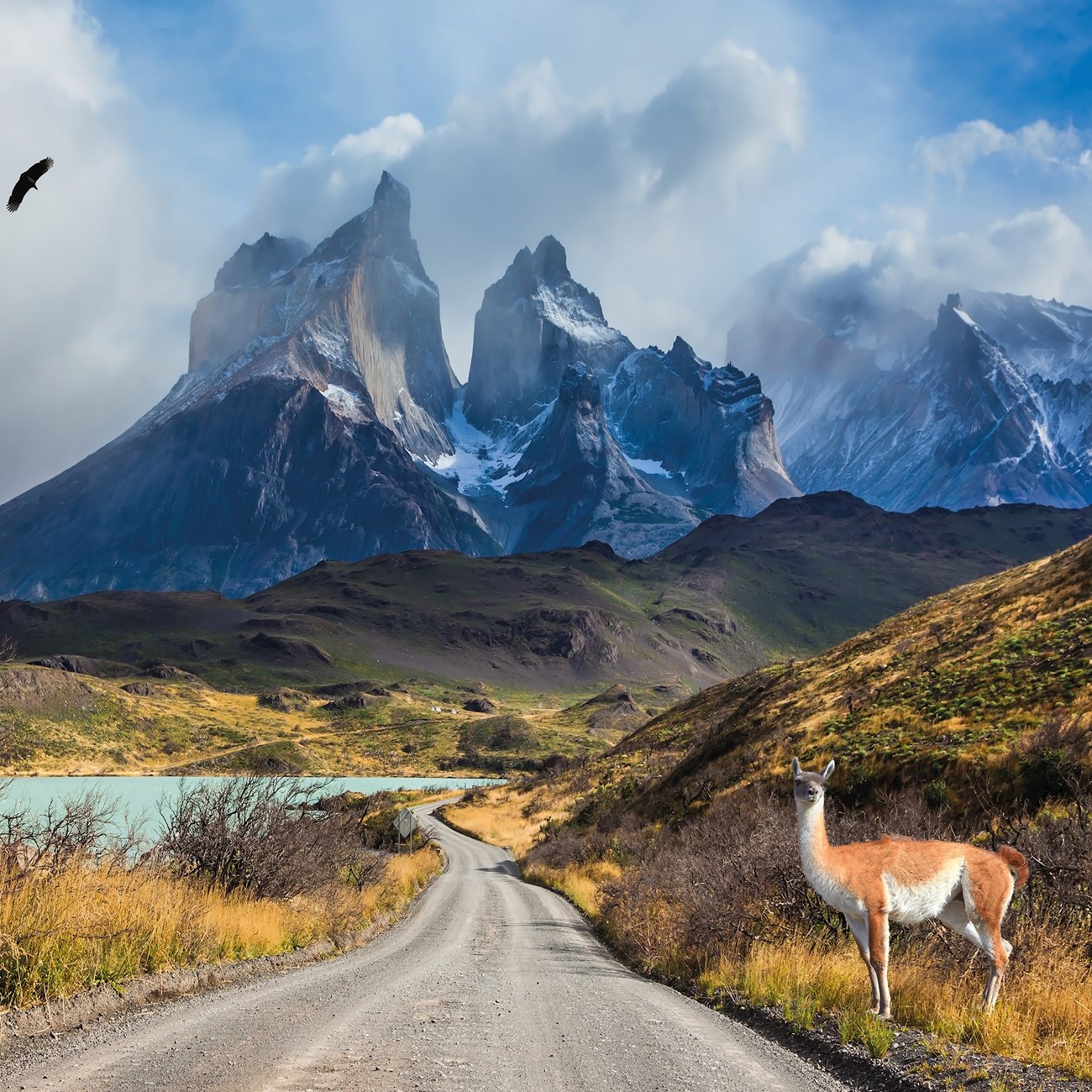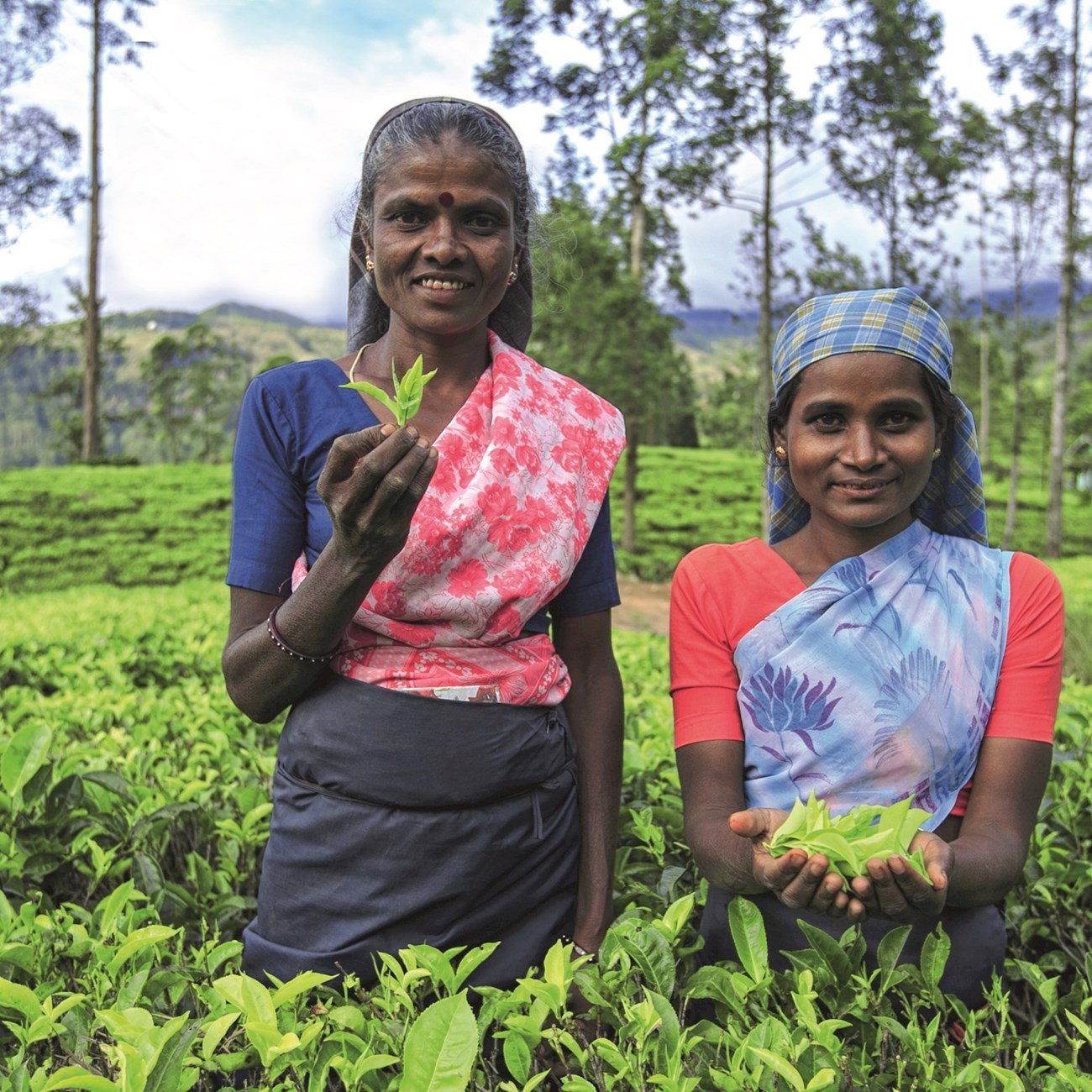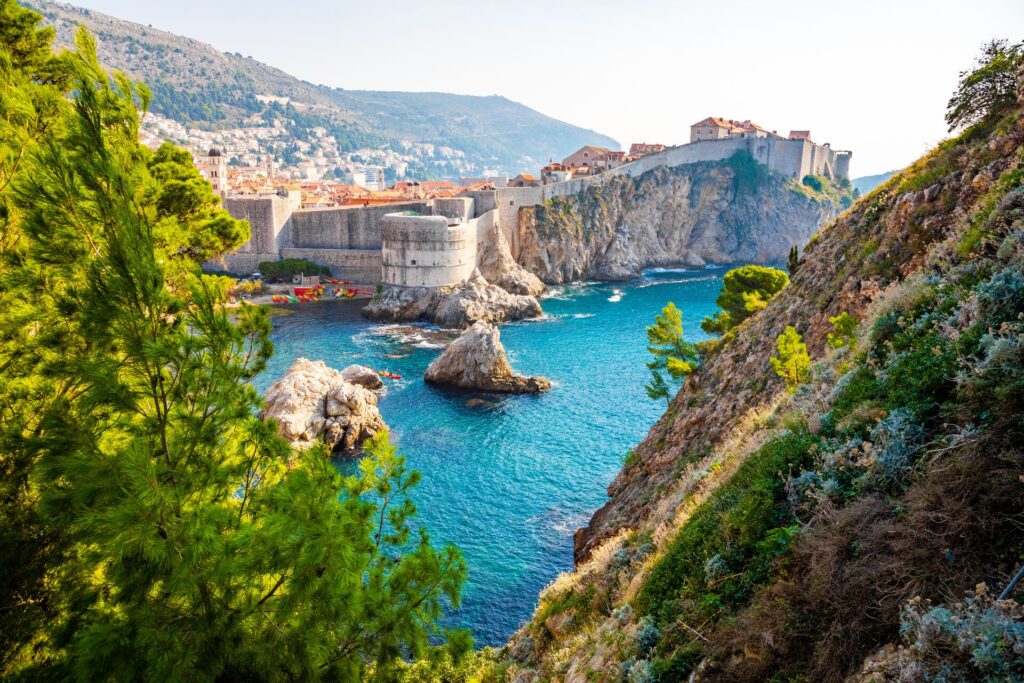These 10 Travel Destinations are Leading the Way in Animal Conservation
To celebrate Earth Month this April, we’re highlighting ten destinations around the world where animal conservation is a daily priority. Not only do these stunning sites offer incredible wildlife viewing opportunities, they’re also locations that you can visit on our Premium Tours. From independent horse breeders on family-owned farms to formal wildlife organizations protecting public lands, enjoy unforgettable animal conservation experiences in these incredible destinations.
1. Croatia
Plitvice National Park is largely off-limits to visitors making it one of the best low-impact animal conservation holidays a traveler can have on the Dalmatian Coast. Only 20 percent of the park is accessible, leaving the majority of its forests for the Eurasian lynx, brown bears, Eurasian beavers, and grey wolves.
Unfortunately, many of the lynx within the park have struggled with population numbers since their reintroduction to the area in the 1970s. The LIFE Lynx project imports new lynx males from nearby Romania and Hungary to diversify the gene pool. Learn about habitat conservation at Plitvice National Park on our Country Roads of Croatia tour.
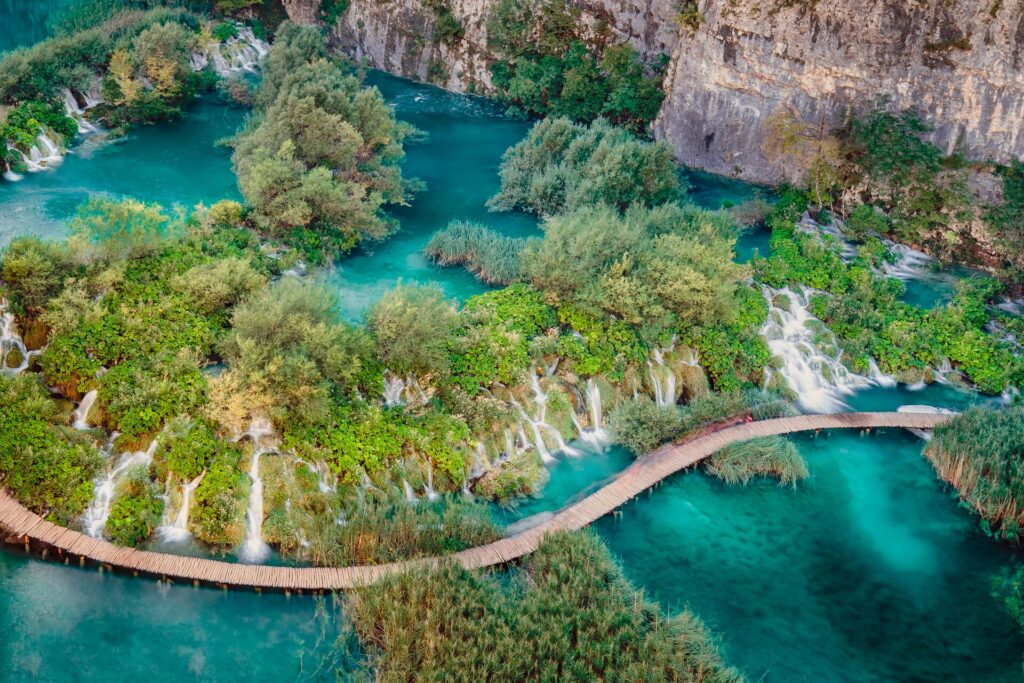
2. Chile
The Geoffroy’s Cat is one of the mysterious inhabitants of Chile’s Torres del Paine National Park. Less elusive are the ecological and wildlife organizations protecting this species, like AMA Torres del Paine. This non-profit NGO has a number of wildlife-specific conservation projects under its belt, including individual efforts focused on huemules, Andean condors, pumas, and Geoffroy’s cats. AMA also works to restore the habitats of these animals that were lost to man-made forest fires over the last 40 years.
Cruise to the Balmaceda and Serrano Glaciers, take a scenic drive through part of the part of UNESCO Biosphere Reserve System, and wander alongside lakes in search of the Andean condors and guanacos during a stay in Torres del Paine National Park on our Best of Chile from Atacama to Patagonia tour.
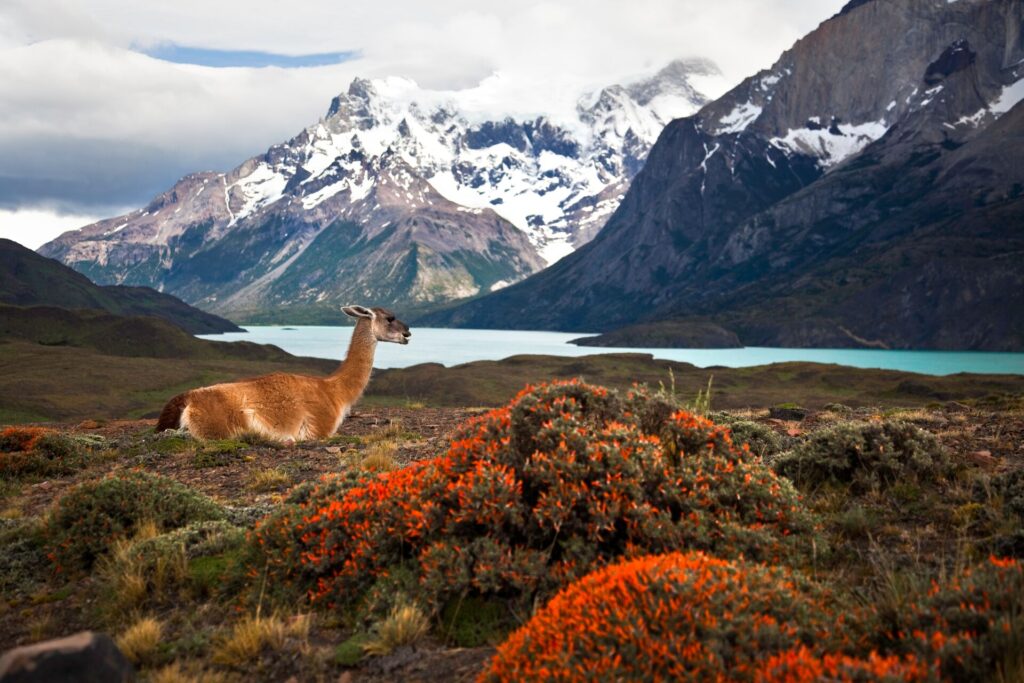
3. Scotland
The National Trust for Scotland took Glencoe National Park under its care a century ago, maintaining nearly 60 kilometres of walking paths that the human impact on this delicate habitat. Among the mountains you’ll find dozens of birds like the whooper swans who spend their winters along the shores of Loch Achtriochtan.
Wild mountain goats, sheep, and red deer roam the Highlands while park rangers work to preserve the local flora and fauna from an endemic threat: an overpopulation of wild deer. These deer consume new trees during their initial growth, preventing natural reforestation and impacting other wildlife like badgers, pine martins, and golden eagles that share this habitat. Wander the Valley of Glencoe with a park ranger on our Country Roads of Scotland tour.
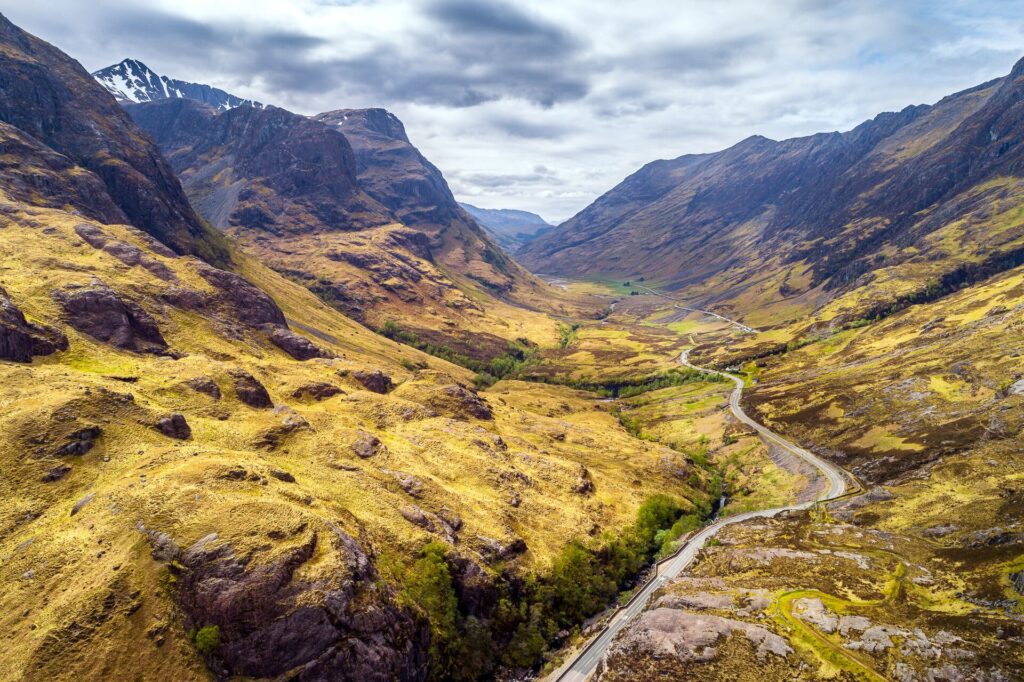
4. Sri Lanka
Wilpattu National Park is just one of the many protected areas of Sri Lanka that have benefitted from the Wildlife & Nature Protection Society’s extensive history. As the third-oldest NGO of its kind on the planet, it helped develop the country’s Department of Wildlife Conservation and Wipattu National Park itself.
The big five mammals of Wilpattu National Park are no doubt the Sri Lankan elephant, leopard, sloth bear, purple faced leaf langur, and grey slender loris. However, the Sri Lankan sand boa and blotched rhinophis are among the other wondrous amphibians, reptiles, birds, and fish that call this jungle home. Take a jeep safari into Wilpattu National Park on our 10-day Classical Sri Lanka tour.

5. Finland
Trips to research zoos and wildlife sanctuaries are special animal conservation holidays that offer a closer look at species that may be rare to see in the wild. The Ranua Wildlife Park, located in Arctic Finland, takes in animals that need human intervention. Over 90 different species have been treated or rehabilitated in the park, most with the intention of release back into the wild.
Those that cannot survive in the wild on their own make Ranua Wildlife Park their permanent home. The Amur Leopard cat, wolverines, moose, grey wolves, musk ox, Siberian musk deer, and even polar bears are permanent residents of Ranua Wildlife Park. Take an optional visit to Ranua Wildlife Park on our 20-day Grand Scandinavia tour.
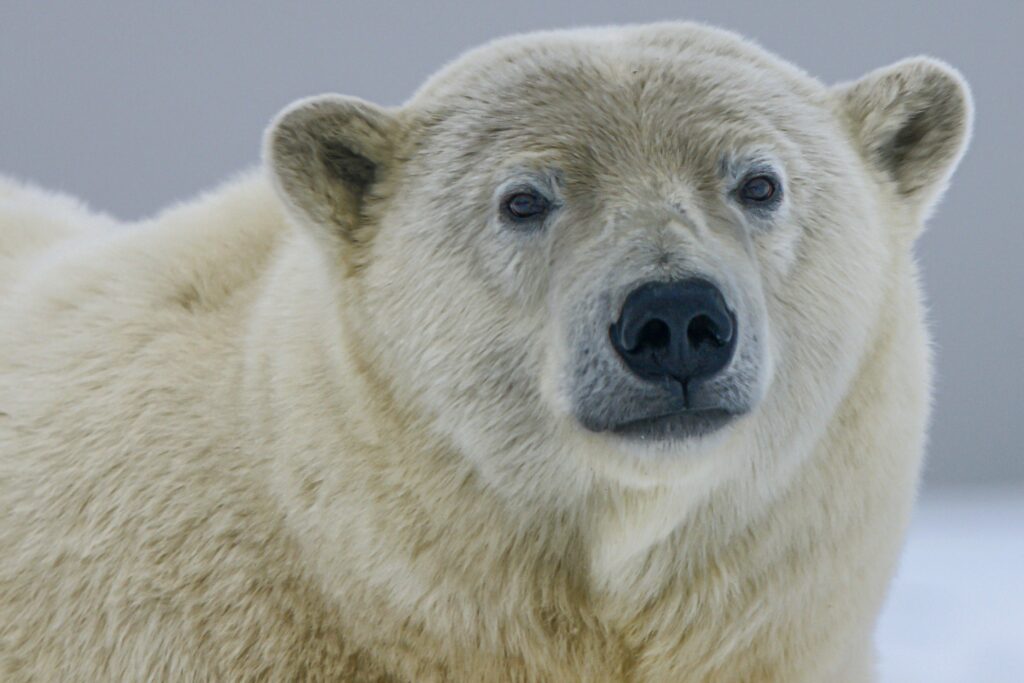
6. Iceland
Because of its jaw-dropping landscape. Iceland is often an underrated choice for top 10 wildlife destinations in the world list. For every waterfall, lava field, and geyser across the country’s national parks, you can find just as remarkable wildlife. Arctic foxes, seals, puffins, gyrfalcons, and whales are all found in the Land of Fire and Ice.
One of the most unique species that deserves its strong animal conservation efforts is the Icelandic horse. This domestic horse, a descendant of Norse horses, is a special breed known for its fifth gait: “tölt”. Icelandic horses typically measure up to 1.5m and are great for horseback riding. The country does not allow imports of horses, and once an Icelandic horse is exported, they can never return. This protects the purity of the breed. Visit the Sturlureykir horse breeding farm during a week-long Scenic Iceland and the Northern Lights tour.
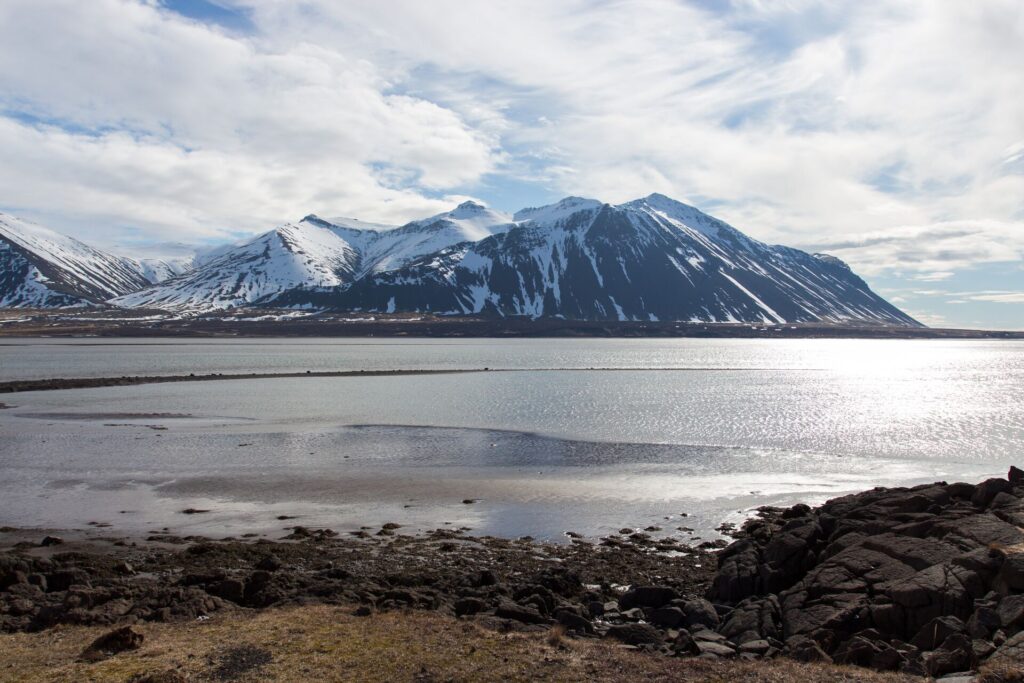
7. Norway
Located on the tip of the Rosfjord in Southern Norway, Lyngdal is a favorite Scandinavian destination for fun in the sun. Fishing in the waterways is a popular pastime, thanks to easy access to one of Norway’s top salmon rivers — which also makes it a great choice for animal conservation holidays. The Kvåsfossen salmon centre lets you learn about the salmon life cycle, watch them swim upstream in a salmon ladder, and understand how important this species is to the regional food chain. Learn about wild salmon from a biologist in Lyngdal at the Wild Salmon Center on our Scandinavian Heritage 28-day tour.
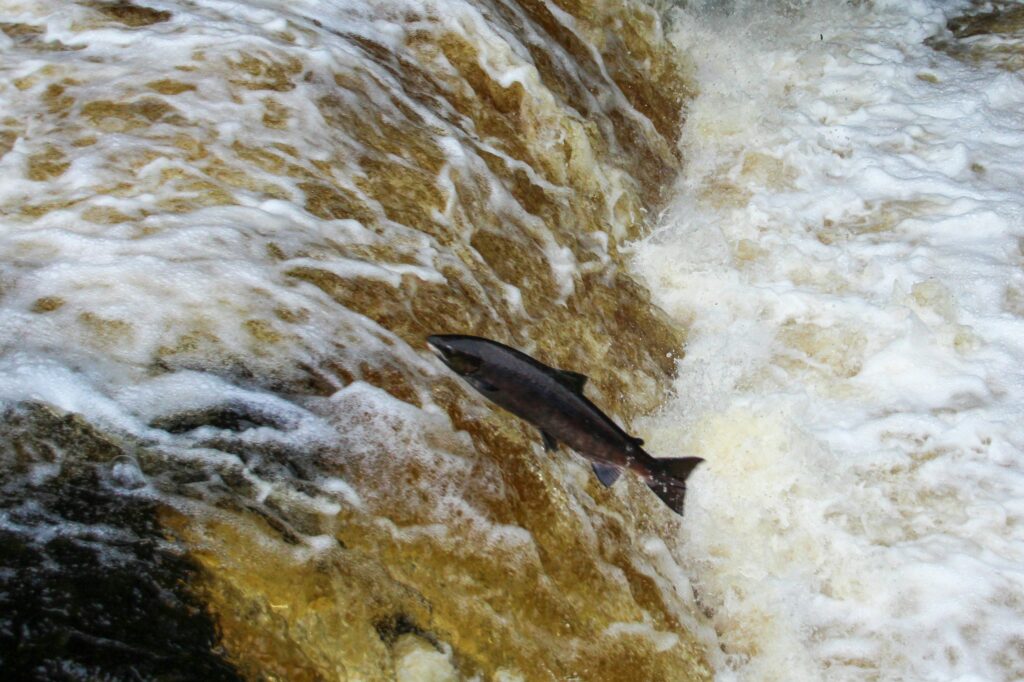
8. Canada
Salmon are a vital species to habitats across the world and the Atlantic salmon found in Cape Breton Highlands National Park are no different. The Eastern Cape Breton population of Atlantic salmon joins the little brown bat and northern bat as the only endangered species in Cape Breton National Highlands Park.
Parks Canada is currently working to restore the population in the Clyburn Brook. This project is also collaborating with four other Canadian Atlantic national parks to catch wild juvenile salmon and raise them in captivity before returning them to the brook to spawn. Drive through Cape Breton Highlands National Park via the famous Cabot Trail on our Landscapes of the Canadian Maritimes tour.
SAVE UP TO $2,000 PER COUPLE* ON YOUR FIRST PREMIUM TOUR.
Plus receive latest offers, travel inspiration, and discover how your travels will make a positive impact. Together, WE MAKE TRAVEL MATTER®. Subscribe Now9. United States of America
Yellowstone National Park is one of the most cherished national parks in the United States and environmental groups from across the country are committed to protecting the largest concentration of mammals in the contiguous U.S. Animal conservation efforts include the Conservation Fund protecting the Greater Yellowstone area and various projects focused on the wolf, bison, cougar, and grizzly bears throughout the park via the Greater Yellowstone Coalition and Yellowstone Forever. Combine a visit to Yellowstone National Park with four other iconic national parks during a 15-day tour of America’s Magnificent National Parks.
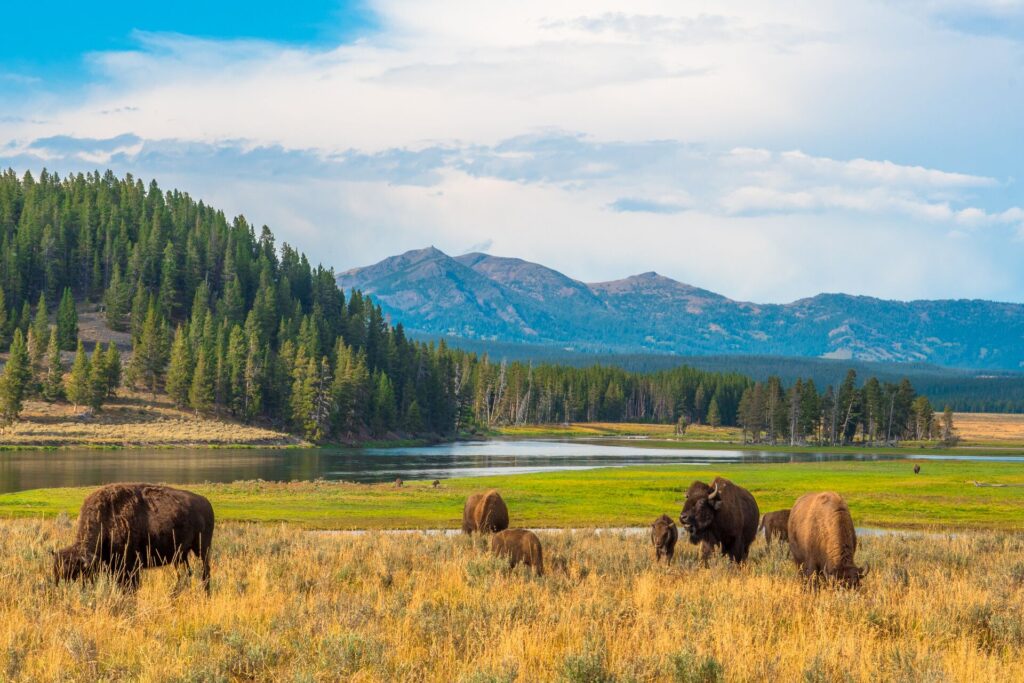
10. Brazil & Argentina
Ocelot, giant otters, harpy eagles, jaguars, and giant anteaters, though rare to spot in the jungle, don’t hide their appreciation of the Iguazú Falls. It’s the largest waterfall system on the planet, with the imposing Devil’s Throat capping the falls at over 80m tall. Although the falls are mighty, many of the wildlife that depend on this water source are endangered.
Wildlife organizations on both sides of the border work together to support the conservation of keystone species like the jaguar. The Jaguars of Iguaçu Project monitors wildlife activity in Iguaçu National Park, which includes tracking jaguars via radio collars, studying diets, and preventing human predation. See Iguassu Falls from the Argentinian side and the Brazilian side on our Argentina, Uruguay and Brazil Discovery tour.
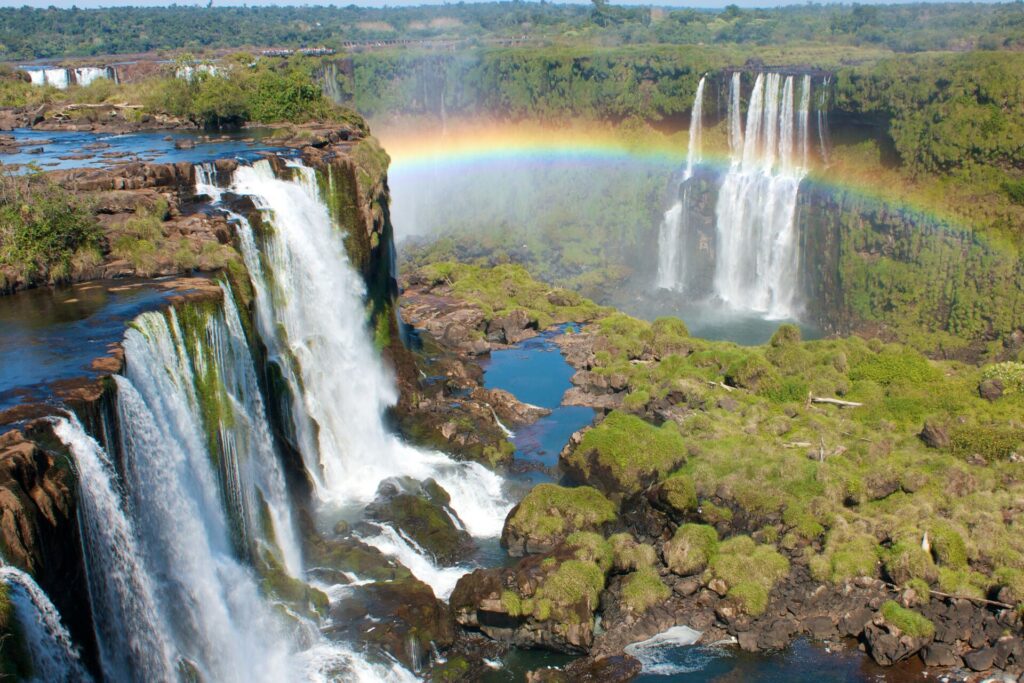
Where will your next journey take you? For more inspiration, browse our full collection of premium tours.

LIKED THIS POST? SHARE WITH YOUR COMMUNITY
